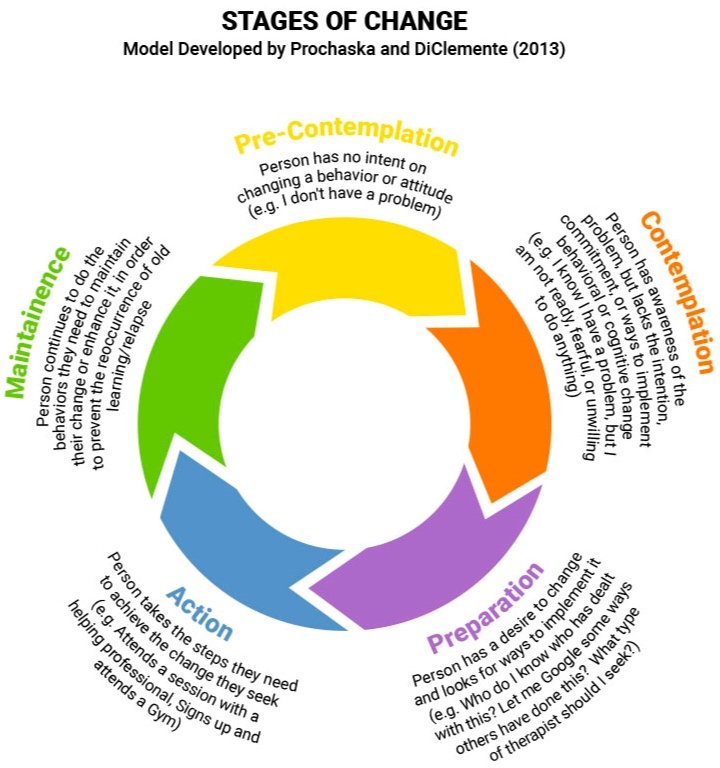A list of social work intervention models? Where can you find that? I want to know!
When I was a student, I wish I had a checklist of intervention models that I could use. Being unable to find one, I thought I would write my own list. I hope these help you as much as they have helped me. For these lists, you will find that they contain simple interventions, and they are easy to implement. I tried as much as possible to avoid complex theoretical frameworks, because they weren’t useful for me in real life practice.

Self-soothing emotional first-aid kit
In helping people who are at risk of self-harm or suicide, the most important thing is to help them to feel safe. Self-harm and suicide are often ways for people to reduce the amount of pain they feel. When they have an emotional first aid kit they can use, they start to feel comforted.
Here is what you might suggest to your client to include in the first-aid kit.
- A picture of people they love/ or when they were happy
- An object they like to touch, like a special teddy bear they have
- A scent they enjoy, such as perfume
- Letters of encouragement from their friends or family
Letter of love
Celebrating a person’s personal qualities is usually not done. In Guy Winch’s book, Emotional First Aid, he suggests a letter stating the person’s qualities and how he/she has demonstrated in the past as a useful way to build the person’s self-esteem. Try it yourself, or with your client. This was one of the first things my therapist told me to do. It helped me to realise the qualities that I had, rather than the problems with me. It brought me to see the better side of myself.
Solution focused brief therapy (SFBT)
Pioneered by de Shazer, SFBT focuses on what is working, rather than what is not. For example, I recently worked with a client that had been playing truant in school. I realised that I was always asking her why she wasn’t going to school. I started asking, ‘When did you last enjoy school? What was different about that time? Might that be possible today?’
These questions help you, the social worker, to understand what worked previously and to bring that forward to today.
Mindfulness meditation
The popularity of mindfulness apps such as Headspace, or Calm, has inspired more to be more present with the here and now. For many clients, inviting them to do a mindfulness meditation with you can help them to be grounded. Often, as you explore deeply distressing experiences with clients, they can be pulled into the past and present. This is dangerous, because they forget that in the present moment, they are safe for now. Mindfulness helps!
Being mindful is also a good quality of great social workers. You are reminded that the client’s experiences are not yours, and do not get overly drawn into their sufferings.
Motivational interviewing
Motivational interviewing is a model introduced by Prochaska and DiClemente. It encouraged social workers to think about how motivated a client was to change. At what stage of change was he/she at? How could you respond differently based on the stage of motivation he was at?

I hope this brief list of 5 social work models for intervention help you to better understand what you can do to help your clients. I would love to hear more about what you have used in your own practice. Please feel free to share them below.